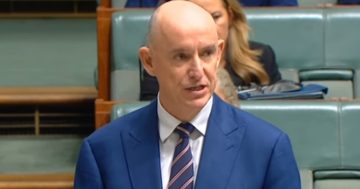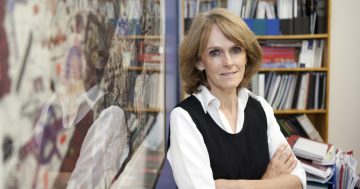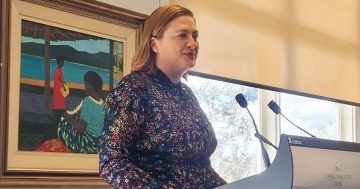
Make science the centre of policy, says peak body. Image: File.
Australia’s relationship with science needs to change to the point it is placed at the centre of government policy, according to the nation’s peak representative body for the discipline.
In its submission to the national consultation, Science & Technology Australia has called for political leaders to place science at the “very heart of our national self-image” and make it a priority in policy setting.
The organisation says Australia should set itself a “bold ambition” to change the nation’s cultural relationship with science.
CEO Misha Schubert said the government’s next National Science Statement, expected later this year, should take science, technology, engineering and maths (STEM) goals to the next level.
“There is an historic opportunity with these major national statements to set ourselves a bold ambition to change Australia’s cultural relationship with science,” she said.
“We’d love to see this work put science and technology front-and-centre in the national consciousness as the drivers of every advance on which Australian jobs, economic growth, health and wellbeing rely.
“Australia is a star performer in science – with world-leading science researchers, infrastructure and game-changing science innovation.
“But this science strength isn’t something most Australians would readily cite as among our best-known national traits.”
Australia’s Chief Scientist Cathy Foley is leading the national consultation, which has called for submissions to help shape Australia’s National Science and Research Priorities and the next National Science Statement.
Once finalised, the statement and the priorities will shape advice to government into the future.
Dr Foley has sought views on challenges that could be addressed through science, future opportunities, and strengths to maintain and build upon.
Australia’s new science statement and priorities are meant to be framed with a view of delivering social, economic and environmental benefits for all Australians.
Ms Schubert said the documents should be a “clarion call” to urge many more Australians to study and work in STEM.
“The next National Science & Research Priorities and accompanying National Science Statement are an opportunity to cast our science strengths at the very heart of our self-image as a nation,” she said.
“A powerful, inspiring statement can spotlight the need for more Australians to study and work in STEM to power the next era of Australia’s economic growth and job creation.
“It can highlight the key role of science and technology in our national safety, prosperity and wellbeing, and declare a bold ambition to make Australia a global STEM superpower.”
In its submission, Science & Technology Australia has called for greater investment in First Nations STEM and even the appointment of an Indigenous chief scientist.
It also urges policy settings to make Australia a “clean energy and sustainability superpower”, pulling together all strands of research to tackle the challenge of climate change.
Reimagining health and wellbeing through a whole-of-lifetime science-based approach to healthcare is another priority.
And Australia should become a world leader in food and water security, as well as in deploying cutting-edge technologies in areas such as AI and cybersecurity.
The peak body strongly supports adopting what it describes as a “grand challenge model” to solve the biggest and most complex issues the country must face.
Submissions have now closed for the national consultation, with feedback on draft priorities to be sought in June.
The National Science and Research Priorities and a new National Science Statement are due to be finalised in September.
Science & Technology Australia represents 115,000 scientists and technologists nationwide.

















